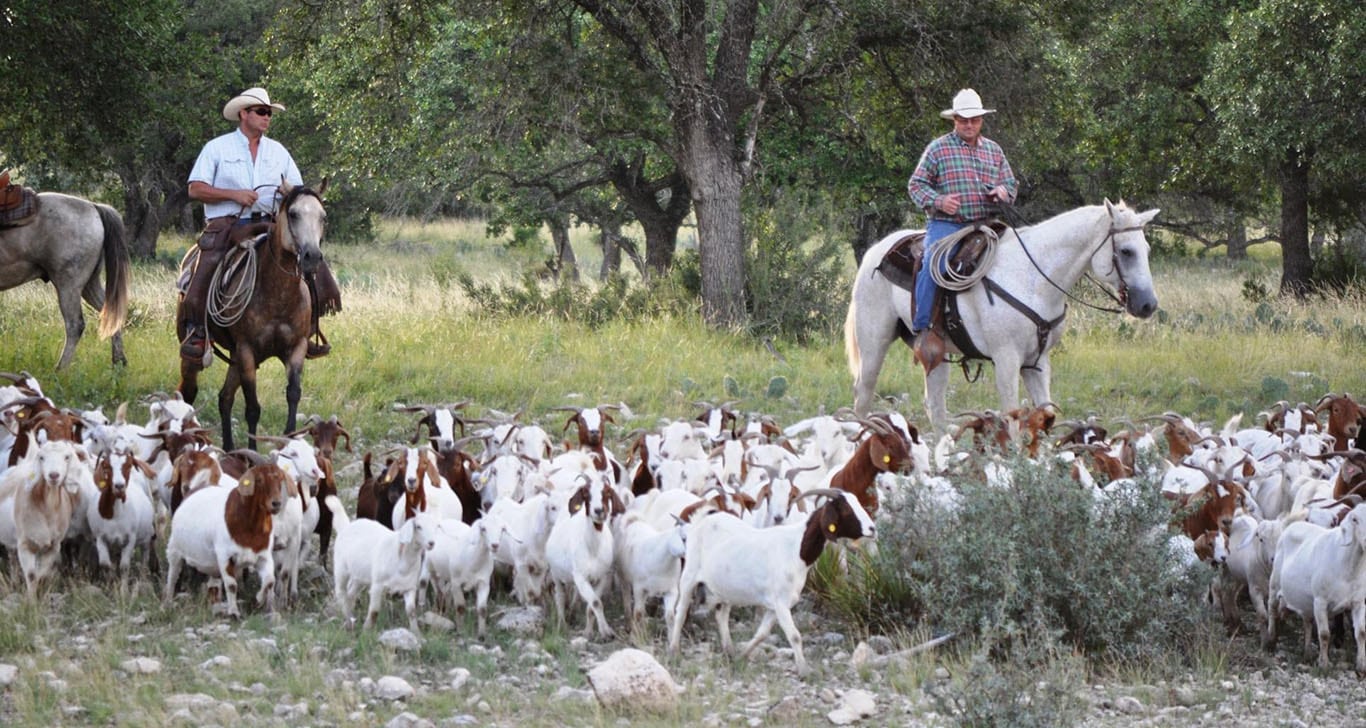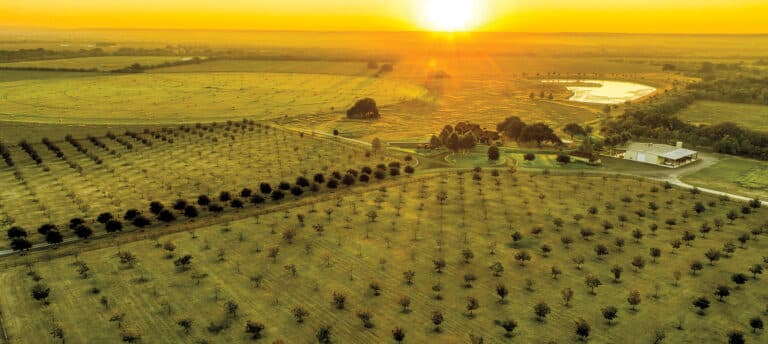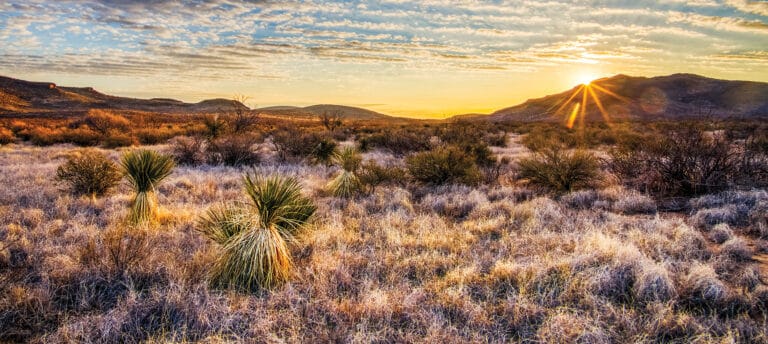Written by Ruben Cantu and Greg Simons, Wildlife Consultants, Inc.
Grazing, like any tool, can be beneficial or damaging, depending on how it is applied.
The duality of grazing (and a host of other habitat management tools) was first, and best, expressed in 1933, by Aldo Leopold, writing in the preface of his landmark book, Game Management: “The central thesis of game management is this: game can be restored by the creative use of the same tools which have heretofore destroyed it—ax, plow, cow, fire, and gun… ”
Whether grazing positively or negatively modifies the landscape depends on the managers, their goals and their skills. The most successful grazing managers understand several basic concepts.
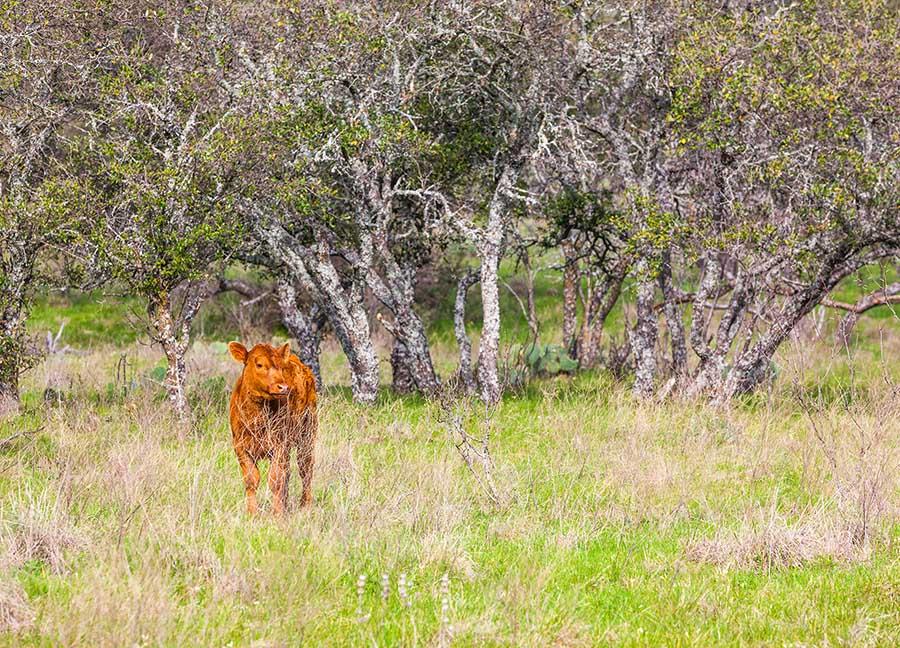
Evolutionary role of grazing on rangeland plants
Texas rangeland plants, especially grasses, evolved under grazing pressure from migrating herds of bison and other ungulates. The vast herds moved into an area; grazed intensely, removing mature or dead plant material, thereby invigorating new plant growth; disturbed the soil with their hooves, aerating the soil and increasing water percolation; and deposited manure, which added organic matter and enhanced fertility. Once the grass had been grazed down, the herds moved on. The grass and other plants rested and recovered until the herds returned.
3 carrying capacity
Experienced managers understand the concept of carrying capacity, meaning each piece of land has a number of animals that it can sustain without being damaged. Carrying capacity is dynamic, changing with the rainfall, amount of forage and other variables. To be accurate and effective, the carrying capacity must take into account both livestock and wildlife. It is a constant balancing act.
Obviously, the number of livestock can be easily manipulated up and down based on the amount of forage available. Ranchers can buy or sell more depending on the conditions. Population management for wildlife is not so simple. Managers have a small window of opportunity each year to make population adjustments.
As a result, successful managers determine what the carrying capacity is during “normal” times and manage for a lower number. This creates a nutritional buffer for the drought years and “gravy” for the normal and good years.
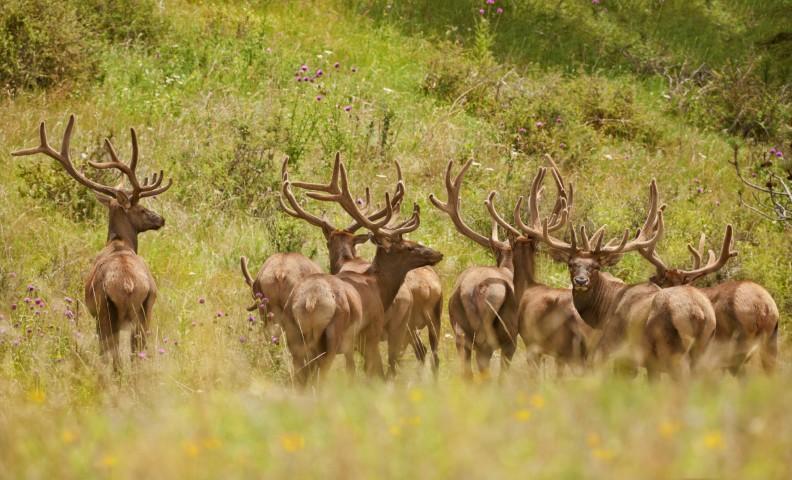
Balancing livestock and wildlife
Cattle, sheep and goats are complementary grazers, meaning they all have minimal dietary overlap. Under good range conditions with abundant forage, competition for food is not an issue. Cattle eat primarily grass. Sheep eat forbs, the plants that most people call weeds. Goats eat browse also known as brush.
When it comes to wildlife, white-tailed deer prefer forbs and browse, while exotics such as axis deer eat a complex diet of grass, forbs, and browse. Therefore, there can be competition between livestock and wildlife when foodstuffs are limited, especially between white-tailed deer and sheep and goats, because of overlapping diets. (Sheep and goats can thrive in areas that are more arid, so they are generally found west of I-35 in Texas, for example.)
In an operation with a livestock focus, experienced managers sometimes “mix-and-match” livestock to use the available forage most efficiently. In a pasture that is primarily brush, the herd may include a higher percentage of goats, while in a grass pasture, cattle may be the predominant animal. The composition of the herds depends on the composition of the vegetation and the rancher’s goals.
In Texas Hill Country, there are innovative ranchers who use goats to manage cedar, prickly pear and other brush. When winter settles in and cedar and prickly pear are the only green plants, the Giles family, who operates Hillingdon Ranch near Comfort, turn their Angora billy goats into pastures with emerging cedar problems.
Because the cedar is green, the billies eat it, keeping it in check. The family places mineral blocks in patches of prickly pear, which are also evergreen. The goats are drawn to the prickly pear by the mineral block and tempted to eat it because it’s green. Because of the potential for competition, many wildlife-focused ranches avoid or severely limit the number of sheep and goats. In the aforementioned example, the family’s primary income is derived from diverse livestock operation. The deer are managed to provide family-oriented, recreational hunting for long-time lease holders instead of trophy opportunities.
Again, the composition of the herds depends on the composition of the vegetation and the rancher’s goals.
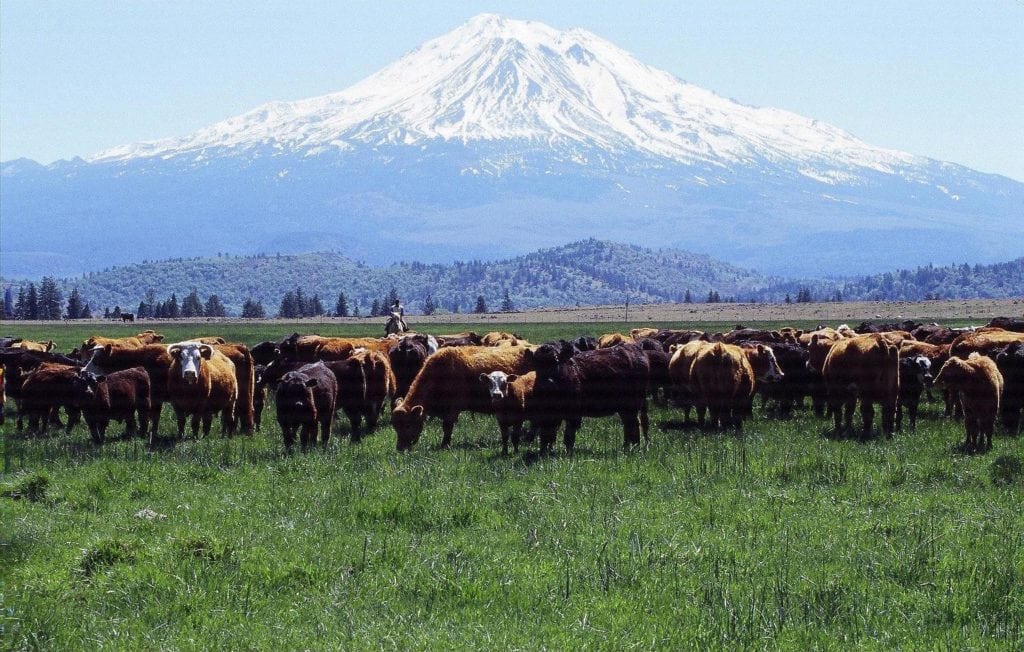
Continuous vs. rotational grazing
Grazing systems come in two basic forms: continuous or rotational. In a continuous grazing system, livestock are put into a pasture and left there as long as the pasture will support them. Continuous grazing requires very little labor, but it can create problems. Animals, like people, have food preferences. Some plants are just more palatable than others. If left in one place, cows, sheep and goats will selectively graze, continuously returning to their favorite plants. Over time, the constant grazing pressure, especially when combined with drought, can damage the plants’ roots, and eventually cause the preferred plants to die-off.
When the preferred plants disappear, the livestock begin to seek out their second and third choices, applying the same intense pressure. If the cycle is not interrupted, even the second and third choice plants can be grazed out of existence, leaving only the plants the livestock by-passed, decreasing plant diversity, and severely diminishing the pasture’s overall productivity.
To minimize these problems, experienced managers implement a rotational grazing system, which means that they control the amount of grazing pressure applied to their pastures by balancing the number of animals with the available forage and limiting the amount of time individual pastures are grazed. In this system, livestock are rotated through a series of pastures on a schedule that is determined by the forage’s condition. Rotational grazing uses livestock to mimic the movement of migrating herds, allowing pastures to rest and recover between grazing sessions. Instead of relying on a calendar or a set schedule to ascertain when the livestock need to be moved or how long a pasture needs to be rested, the managers rely on their eyes to evaluate the forage and rate of growth.
Ownership of livestock
While it is very common for people to have sole ownership of the livestock that graze on their property, it is not necessary to become a cowboy to enjoy the benefits of grazing. Some people own livestock in partnership with other people. In many cases, one partner is an experienced rancher, who oversees the livestock and its care in addition to his financial commitment, and the other is a landowner who also contributes financially and allows his ranch to be used for grazing. The co-owners share in the profits or losses. Another common option is a grazing lease. In this scenario, a landowner leases the grazing rights on his land to a rancher for compensation. The grazing lease is a legal contract that spells out the duration of lease, the number of livestock allowed, the price and any other specific requirements including repairs, damages and requirements for renewals. The rancher is responsible for providing and caring for the livestock. The landowner is guaranteed a payment.
Benefits of grazing
Of all the management tools identified by Leopold, grazing is arguably the best one available to people wanting to improve wildlife habitat. First and foremost, grazing is part of the ecological and evolutionary process of the land, so managers are just harnessing the power of nature, not imposing a man-made process. Well-managed grazing can invigorate plant growth and increase plant diversity, while improving soil fertility and soil health by releasing nutrients and returning organic matter to the soil. Finally, grazing is economically feasible. Unlike mechanical or chemical control, livestock grazing, especially under a lease agreement, doesn’t require extensive inputs, equipment or labor. Plus, it is the only tool that offers an opportunity for a direct monetary return.
Grazing is equal parts art and science, its success depends on the skilled hands wielding the tool.
To learn more about the role that livestock grazing and other management tools can play in improving your land, contact Wildlife Consultants at (325) 655-0877 or visit TheWildlifeConsultants.com.
